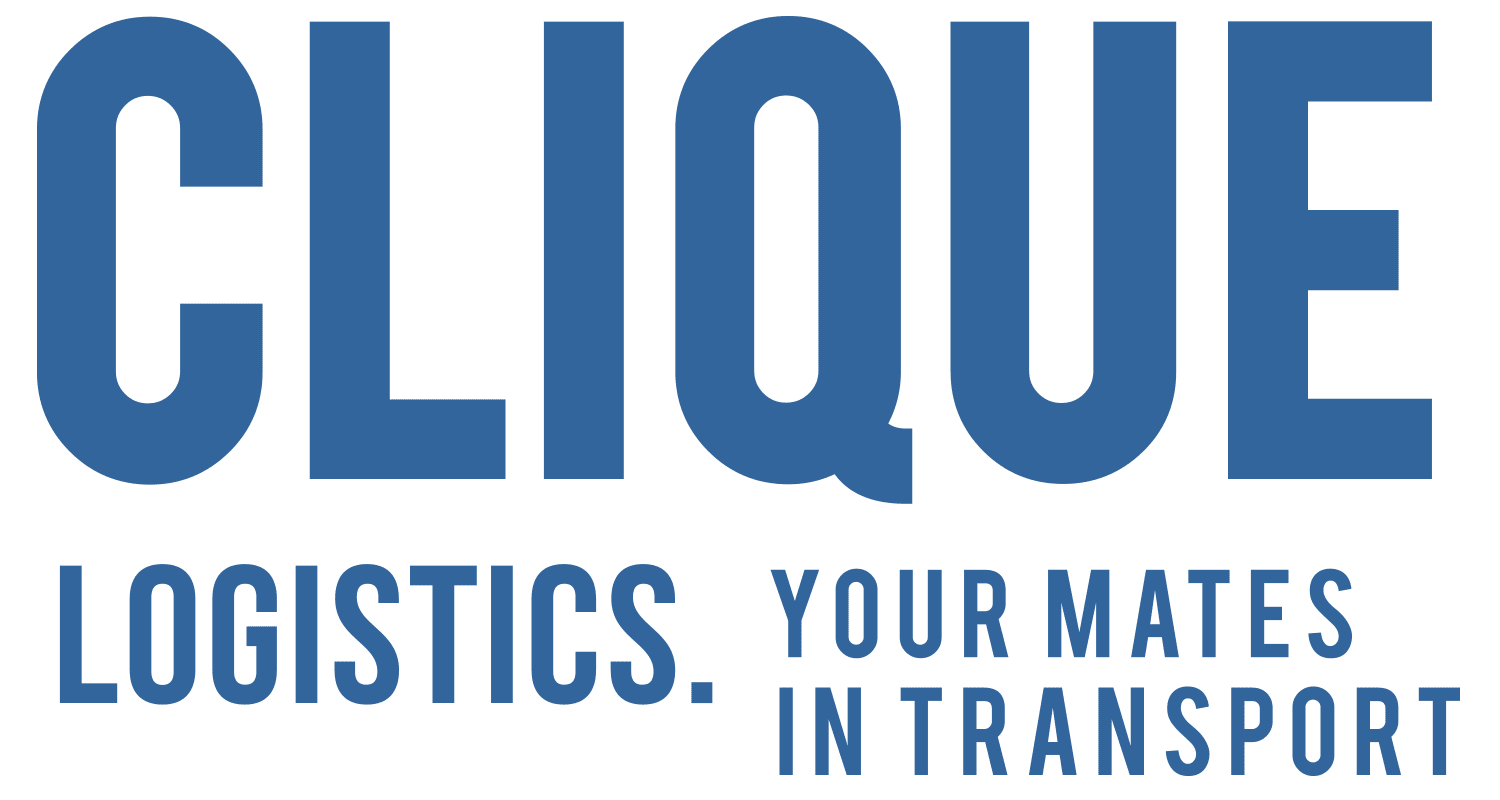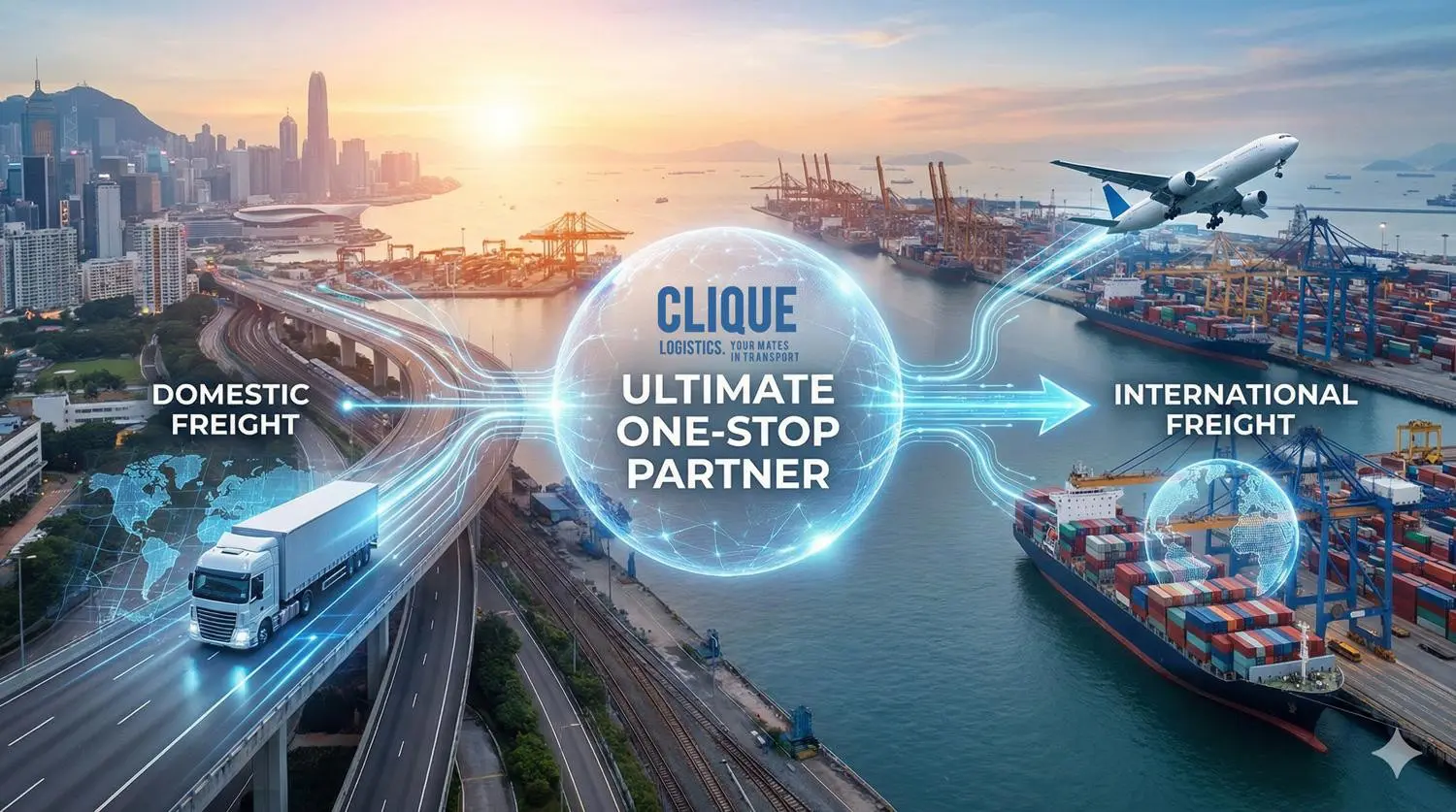Last-mile delivery is the most critical and customer-facing stage of the logistics process. It’s also the most challenging. A single late or failed delivery can damage a company’s reputation, impact customer satisfaction, and even lead to lost business. In an era where customers expect speed and reliability, businesses must focus on efficiency, transparency, and flexibility to optimise their last-mile strategy.
-
Route Optimisation: The Key to Faster Deliveries
Efficient route planning is essential for reducing delivery times and fuel costs. Advanced route optimization software analyzes factors such as:
- Traffic conditions
- Weather forecasts
- Delivery time windows
- Driver availability
By using AI-powered tools, businesses can dynamically adjust delivery routes in real-time, ensuring packages reach their destinations as quickly as possible. This not only improves delivery speed but also minimizes wasted fuel and reduces carbon emissions.
-
Real-Time Tracking & Customer Notifications
Customers expect full visibility into their deliveries. Offering real-time tracking and automated notifications enhances the customer experience by providing:
- Live ETAs
- Proof of delivery with photos/signatures
- Instant updates on delays
Transparency fosters trust, reduces customer inquiries, and helps businesses proactively manage delivery expectations. Companies that invest in robust tracking systems and mobile notifications can significantly enhance customer confidence in their service.
-
Flexible Delivery Options: Meeting Customer Needs
Rigid delivery schedules can lead to missed deliveries and unhappy customers. Businesses that provide flexible delivery windows and alternative drop-off locations increase customer satisfaction. Strategies include:
- Same-day or next-day delivery
- Parcel lockers and pickup points
- After-hours or weekend delivery options
- Self-service kiosks for contactless pickup
By offering convenience, businesses can reduce failed deliveries and improve the overall delivery experience. A customer-centric approach ensures that recipients have options that suit their lifestyles and schedules.
-
Managing Last-Mile Costs Effectively
Last-mile delivery accounts for a significant portion of total logistics costs due to inefficiencies like:
- Failed delivery attempts
- High fuel and labour expenses
- Unoptimised routes
- Reverse logistics for returns
To reduce these costs, companies can implement crowdsourced delivery models, partner with local carriers, or use hybrid delivery strategies that combine traditional and on-demand logistics solutions. Additionally, investing in electric or fuel-efficient delivery vehicles can help mitigate rising fuel costs and improve sustainability.
-
The Role of Technology in Last-Mile Success
From autonomous delivery vehicles to drones and smart lockers, technology is transforming last-mile delivery. Businesses that embrace innovation can improve efficiency, reduce costs, and provide a seamless customer experience. AI-driven dispatch systems, robotic sorting, and predictive analytics are helping logistics providers anticipate challenges and adapt before problems arise.
-
Handling Returns Efficiently: The Reverse Logistics Challenge
Returns are a significant aspect of last-mile logistics that many businesses overlook. A smooth and efficient reverse logistics process ensures that returned items are handled promptly and cost-effectively. Implementing customer-friendly return policies and streamlined pickup options can enhance brand loyalty and reduce the overall cost of managing returns.
Conclusion
Mastering last-mile delivery is about balancing speed, cost, and customer satisfaction. By leveraging smart technology, optimising routes, offering flexible options, enhancing visibility, and preparing for returns, businesses can ensure a frictionless last-mile experience.



